Grievous misuse of environmental protection fees
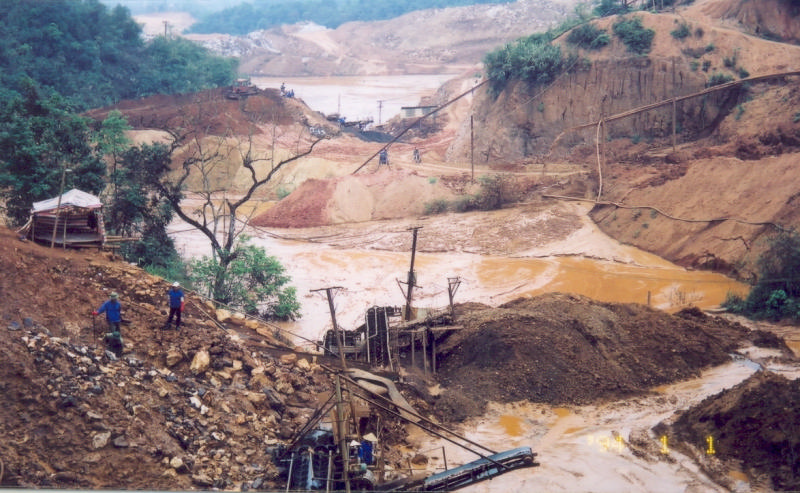
illustration photo: tinmoitruong.vn
The coalition has released its survey on the use of environmental protection fees collected from the mining activities conducted in 30 communes in the northern province of Lao Cai.
Statistical evidence provided by the coalition showed that authorities collected $5.51 million in 2011, $3.43 million in 2012 and $8.2 million in 2013 in Lao Cai.
Results showed that 12 communes claimed to not have received any money from environmental protection fees collected by provincial authorities. Twelve other communes stated they had no information whether they were provided with such money and 21 communes have never seen any investments related to environmental protection works.
Six communes were provided money collected from mineral exploitation, but were not notified of its source, leaving them guessing/uncertain whether it was the revenue from environmental protection fees.
In another case, during 2012, Giap Lai commune in Phu Tho province’s Son Thuy district was given $65,420 by provincial authorities, a sum which included $21,000 collected from environmental protection fees. However, the money was wholly used for paying the salary of state-funded officers, while all of the commune’s households failed to get access to clean water.
Notably, though no scientific relations between cancer and mineral exploitation have been established, the commune hosts a large number of operational mines and a high rate of cancer-related deaths. In 2011, 21 out of 35 deaths in the commune were due to cancer.
Another case was reported from Thuong Cuu commune in Phu Tho province’s Thanh Son district. This commune accommodates three mining companies which have caused serious environmental pollution and marred roads. However, the commune has never received their due compensation from the companies’ mineral exploitation.
“Government regulations state that local authorities have to use the environmental protection fees collected from miners purely for environmental protection. However, the fees have often been misused,” said the coalition’s co-ordinator Tran Thanh Thuy.
She said the fee had failed to be an effective financial tool in the protection of the environment. The aftermath of mineral exploitation was largely addressed through negotiation between localities and enterprises.
“This is unfair to the public and miners. While directly affected by pollution, the public has failed to receive compensatory investment in environmental protection from the collected fees. Meanwhile, though having to pay the fees, miners still have to engage in unofficial negotiation with localities about environmental issues,” she said. “Additionally, miners’ activities are still opposed by the public.”
The environmental protection fee has been collected since 2006 based on each individual mine’s output. It is collected by local authorities and is transferred into investment into the locality’s environmental protection activities.
In Binh Dinh province, authorities have collected over $6 million in 2007, $864,500 in 2008, over $1 million in 2009, $1.38 million in 2010 and $1.57 million in 2011.
“The collection and usage of environmental protection fees need to be more transparent for the public and miners,” Thuy suggested.
What the stars mean:
★ Poor ★ ★ Promising ★★★ Good ★★★★ Very good ★★★★★ Exceptional
Latest News
More News
- SLP Vietnam inaugurates rural road solar lighting project in Long An (April 19, 2024 | 07:12)
- Vietnam needs 20-30 billion USD investment for universal clean water access (April 16, 2024 | 17:10)
- Vietnam Airlines adjusts flight paths via Middle East (April 16, 2024 | 17:05)
- Vietnamese community in India stays united, contributes to homeland (April 15, 2024 | 11:42)
- Dien Bien Phu Victory celebrated in France (April 15, 2024 | 11:37)
- Vietnamese Embassy in Israel issues warning amid escalating tension (April 15, 2024 | 08:00)
- ADB forecasts 6 per cent growth for Vietnam (April 12, 2024 | 17:17)
- SCB, Van Thinh Phat execs convicted of embezzlement; Truong My Lan sentenced to death (April 12, 2024 | 09:59)
- Finnish kindergarten opens in Hanoi (April 12, 2024 | 09:50)
- Over 746 tonnes of rice allocated to Dien Bien, Bac Kan provinces in between-crop period (April 12, 2024 | 08:54)



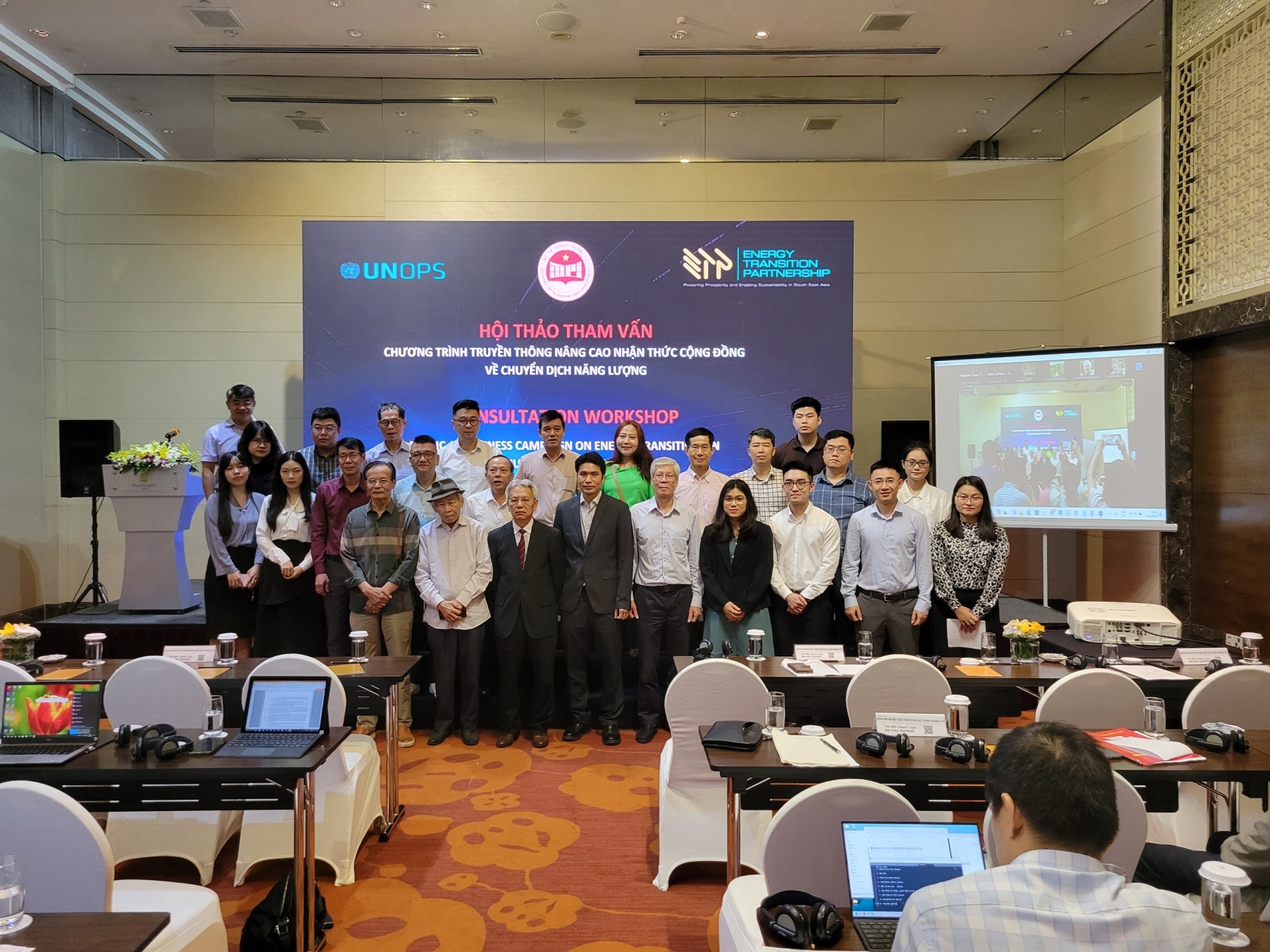
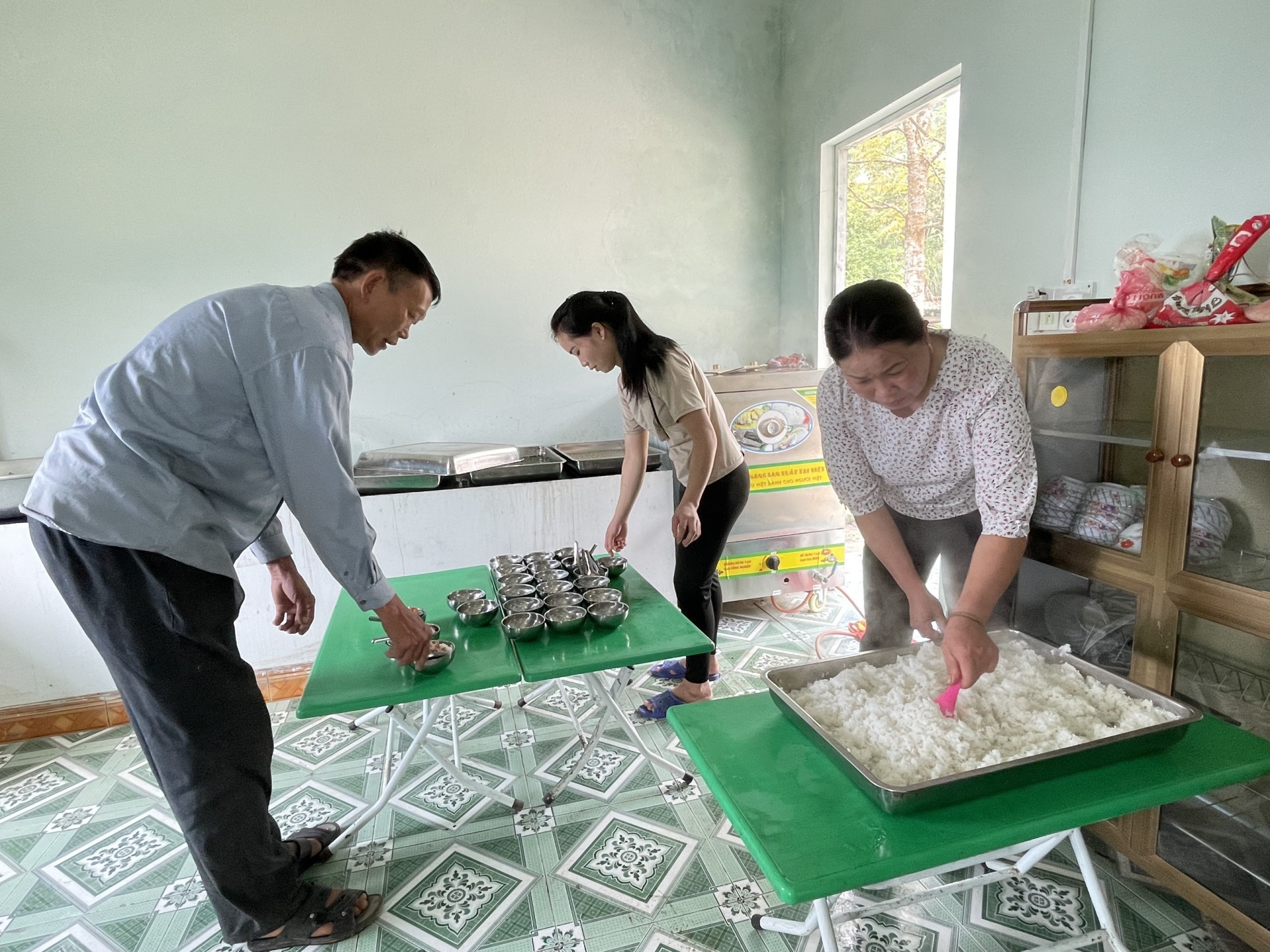
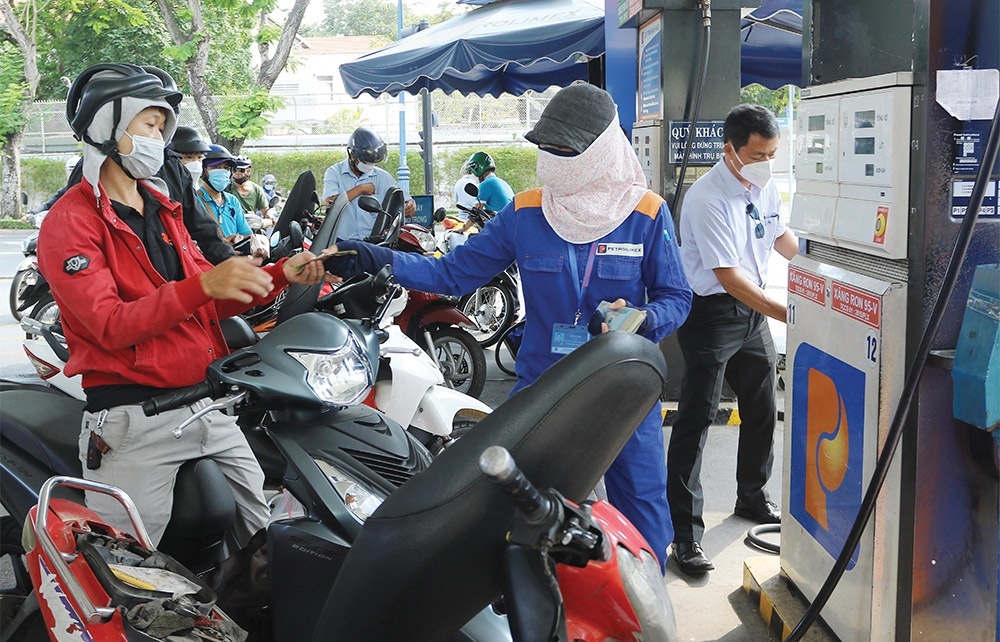

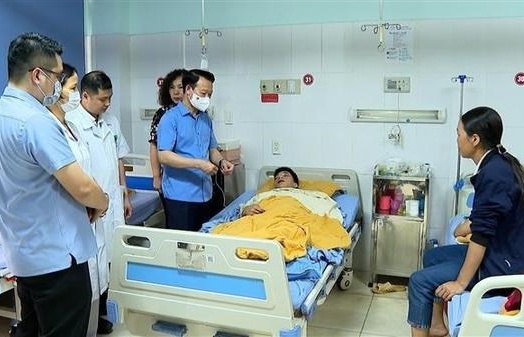



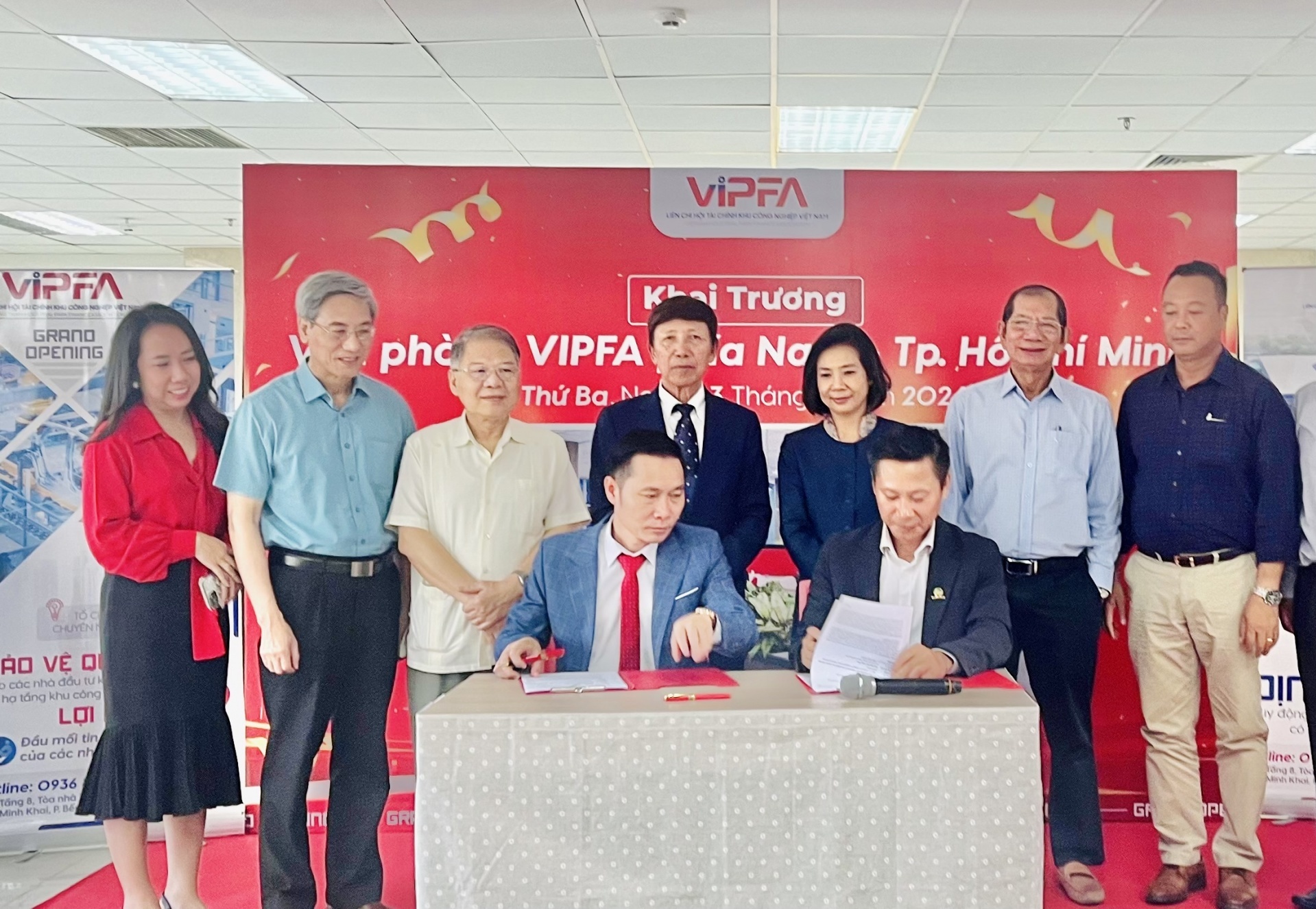


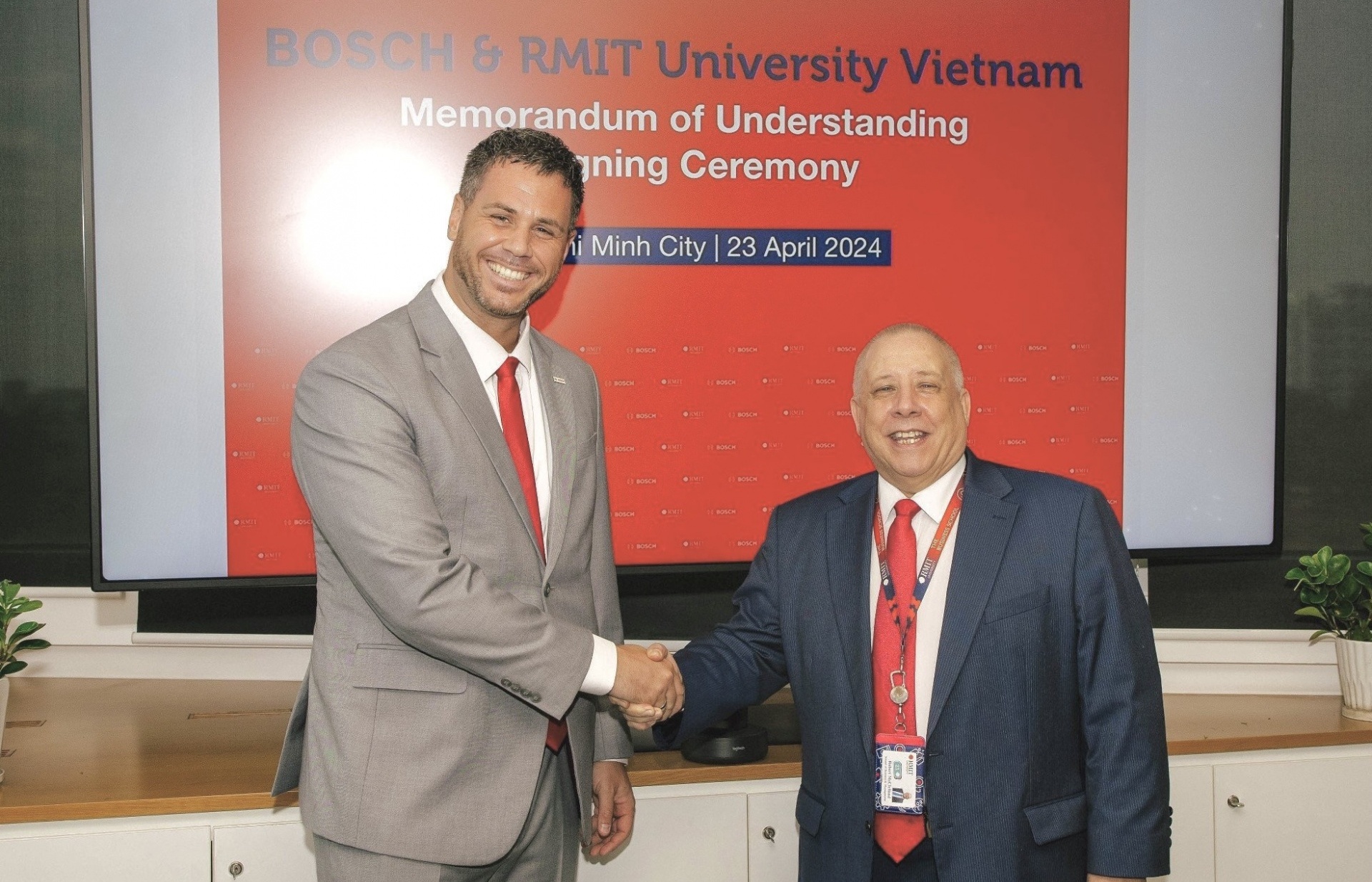



 Mobile Version
Mobile Version